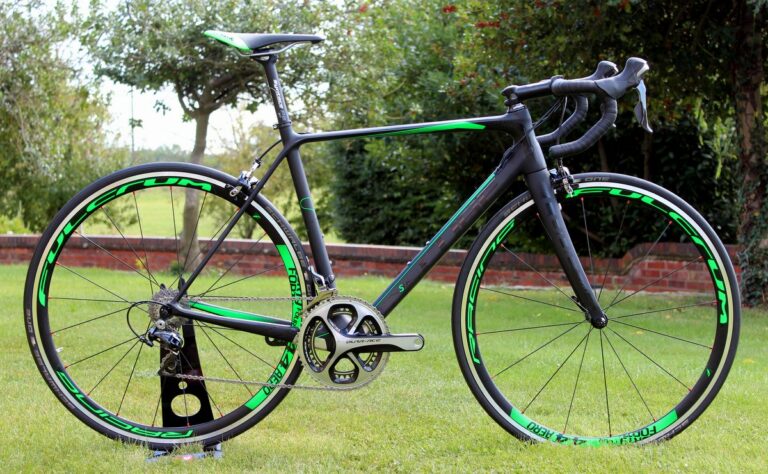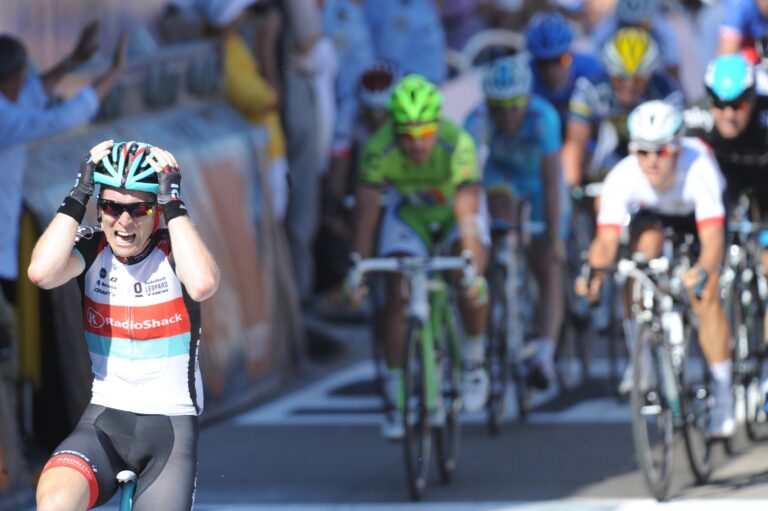A common route into bunch racing is to take part in a circuit race.
As suggested by the name, these are races held on a small circuit consisting either of a set number of laps or often a set time, followed by a small number of laps. This might be 30 minutes plus five laps in races you might encounter as a fourth category racer just starting out, up to the ‘classic’ one hour plus five laps we see on televised events such as the Tour Series and the Elite circuit racing series.
These races may be held on specific cycle racing circuits such as Hog Hill in East London or the Sundorne leisure centre circuit in Shrewsbury, motor racing circuits such as Castle Combe in Wiltshire and Darley Moor in Derbyshire or adapted from existing facilities as in races at the National Bowl in Milton Keynes or Cheltenham Racecourse.
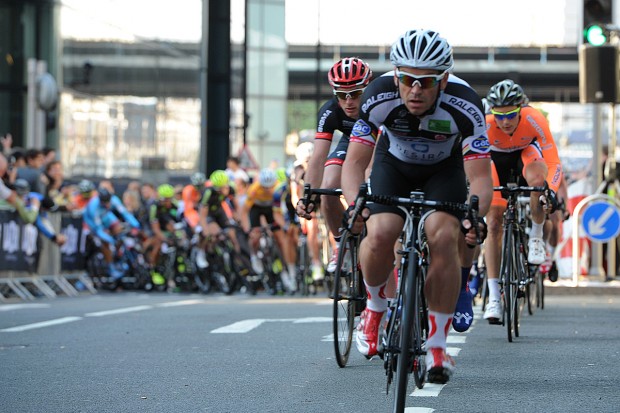
Throughout the summer, informal midweek circuit races run all over the country, and offer an easy way to access bunched racing as they can usually be entered on the day. If you’re unsure about starting, it is possible to ride some ‘Go Ride’ events with just a provisional racing licence available to buy on the day. Why not give it a go?
As you will have noticed, one big difference from sportives is the length. Generally lasting under an hour, circuit race are closer in duration to time trials than the endurance events you might have completed in the past. As we hinted in the first instalment of this series, the other big difference is the pattern of racing, with the highly variable intensity as shown in the figure below.
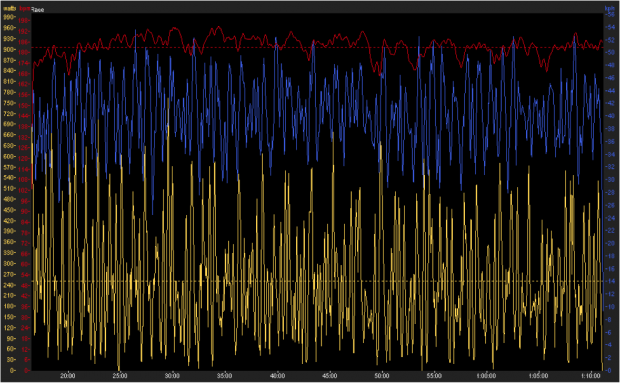
As we discussed in the first article in this series, sessions designed to develop your peak power and repeatability of maximal efforts are crucial in this type of racing. I will now suggest and explain more ways to train specifically for the demands of circuit racing at high speed on a tight circuit.
One of the key difficulties in circuit racing is coping with the technical courses and repeated slowing and reaccelerating this creates. A great way to practice for this specifically is on a quiet circuit such as an industrial estate or business park during a quiet period of the day with little to no traffic.
To start with, choose a square or rectangular circuit with left turns for safety (most UK races will obviously contain mainly left turns). First of all get comfortable with the corners then practice carrying your speed into a corner and accelerating hard out of it. Start off by sprinting for one side out of the four and gradually increase this so that soon you are sprinting out of every corner for 10-20s to get up to speed before cruising to the next one.

If you’re unable to find a suitable circuit to practice your cornering on, an alternative is to use a quiet road and practice sprinting before turning in the road (don’t put your foot down!) and sprinting hard again immediately. This helps you to develop a tight turning circle on the bike while cornering, as well as repeated sprints from a near standing start, which are great for tight city centre type criterium racing as seen in events such as the Nocturne Series races. This session might look like a 10-15s sprint followed by 10s braking hard and freewheeling to reduce your speed enough to turn in the road then another 10-15s maximal effort sprint repeated ten times. Rest for 5-10 minutes and then repeat this set of sprints for a good, criterium-specific workout.
Many circuit races and criteriums, especially in beginner’s races will end up in a bunch sprint. While born sprinters are a rare breed of fast-twitching muscle men and women, anyone can train to improve their sprint, even those of us who are less genetically gifted in the fast-twitch area! While the repeated sprint workouts we have discussed are useful for you to be able to finish in the front of a circuit race field and are also useful for where you will need to do one or two ‘mini sprints’ in order to maintain your position in the bunch before unleashing your main sprint to the line, they are not so good for developing an all-out fast sprint.
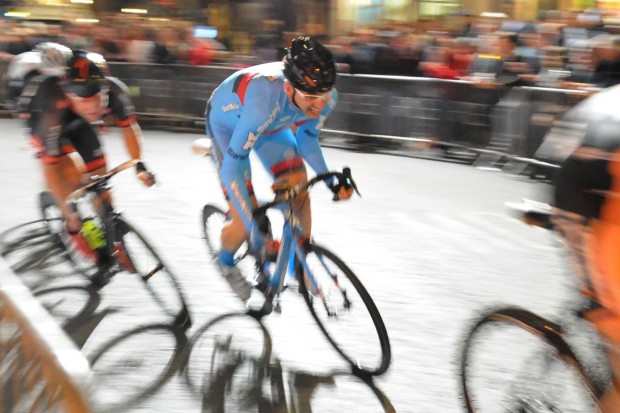
To develop a strong finishing sprint we need to look at training more like a track sprinter – all out maximal efforts interspersed with long recovery periods to fully restore your creatine phosphate stores and maintain a high sprint quality. This can be done within an easy ride simply by sprinting as hard as possible for around 10 seconds (don’t focus on the watch, pick a point a suitable distance away and go for it like it was the finish line on the Champs Elysees!) and recovering by riding very easily for 5-10 minutes in between.
These should be maximal efforts and five sprints will be a good amount to begin with. In these sprints try to vary the terrain and gear selection to get an idea of how to approach a sprint in any situation be it an uphill slog to the line or a fast tailwind sprint where you will be maxing out your gear selection.
While these sessions will be valuable tools to improve your racing my final bit of advice would be to get out there and give it a go. Nothing can replace the experience of riding a technical circuit in a fast moving bunch of riders and you will learn new things about racing and about yourself with each race you do – good luck!

